County Meath: Ireland’s ancient east
If there’s one thing that Ireland has by the bucket load, it’s history. From ancient to modern, there is so much to learn here that you could never do the country justice, but fortunately there are a few sights within a short drive of Dublin which allow you to discover some of the key moments of Ireland’s past. All located in County Meath, they make a great day trip after a couple of days spent in the capital.
This part of Ireland is captioned “Ireland’s Ancient East” on all the signposts, and it couldn’t be more apt. The itinerary described in this post is a round trip of approximately 135 km (84 miles, about 2.5 hours’ driving time) if setting off from central Dublin. If you use the motorways, bear in mind that these are toll roads and you will need change for the toll booths, not all of which accept credit cards or banknotes. Keep some coins to hand!
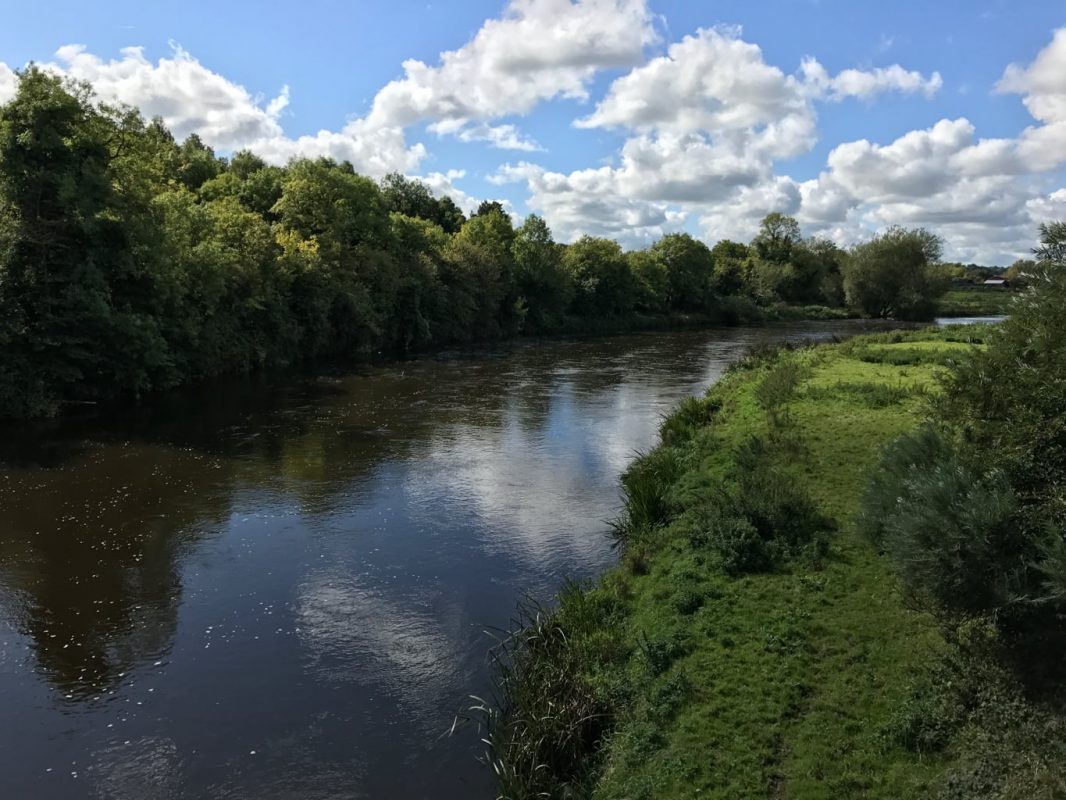
Brú na Bóinne
The best place to start your day in County Meath is the UNESCO World Heritage Site of Brú na Bóinne. Sometimes marked on signposts as Newgrange, this ancient site can get extremely popular, so it is wise to get there early (when I visited in mid-September they opened at 9 am). Brú na Bóinne is a collection of Neolithic burial mounds which will immediately transport you back in time over 5000 years, and are unequalled anywhere else in Europe. They can only be visited as part of a guided tour from the Visitors Centre.
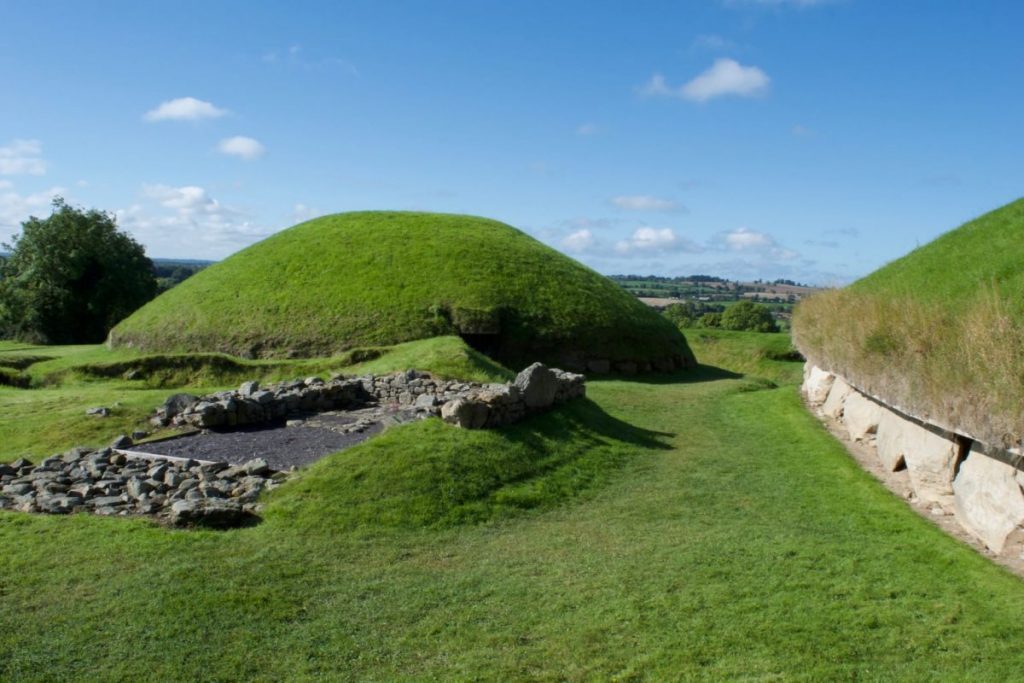
The first stop on the tour is Knowth, a collection of grassy domes set around an enormous central mound. The people of the period built these structures as tombs – they were never lived in – and the decorative supporting stones around the main burial chamber make up almost 60% of all the megalithic art in Europe. Local guides explain the construction and use of the mounds, how the people of that period are believed to have lived and worshipped, and how the site has been used through the ages. You will learn how the entrance to the tomb was perfectly aligned so that light shone straight in at sunset on the winter solstice – an incredible feat when you consider the site is at least 5000 years old. The burial chamber is too dangerous to access, but it is possible to go into a reconstruction of one of the passages, as well as climbing to the top of the mound for panoramic views over the surrounding countryside.
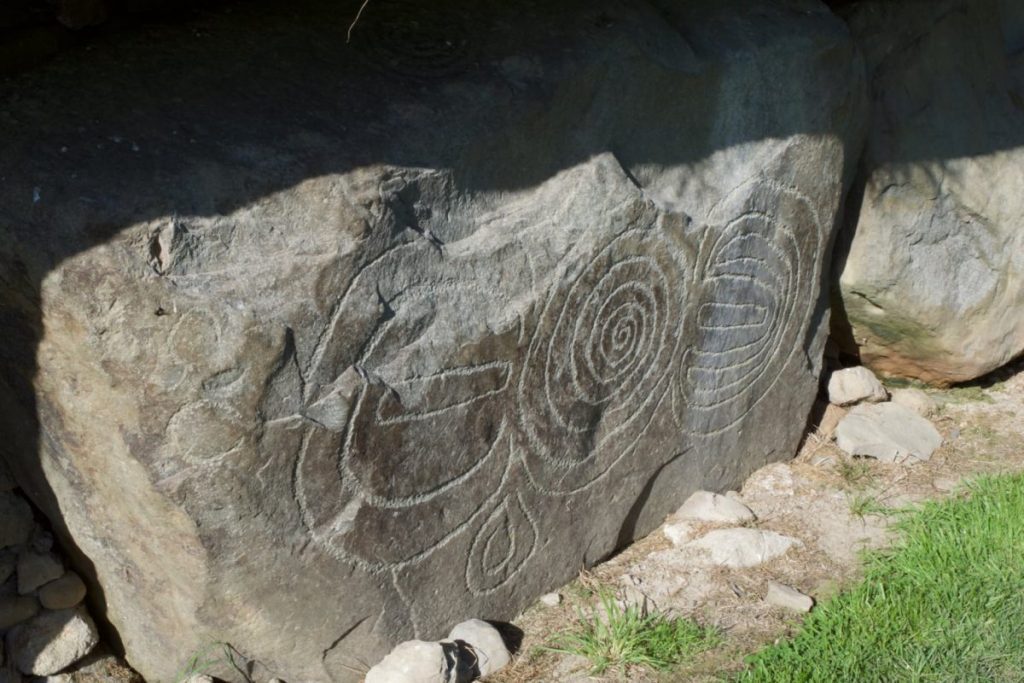
After Knowth, you will head by shuttle bus to Newgrange. Newgrange is the busier of the two sites, with more reconstruction and more visitors. However, it is smaller, and contains only one burial mound as opposed to the dozen or so at Knowth. The big difference here, however, is that you can actually enter the tomb. The passageway is narrow but high-ceilinged; I am claustrophobic, but found that it wasn’t as bad as I’d expected! A short uphill walk takes you to the interior burial chamber, where a guide will explain how it was used. Here again, the entrance was carefully aligned; in this case, the sun shines up the passage to the chamber at sunrise on the winter solstice. A lottery takes place every year for just a handful of visitors to experience this phenomenon for themselves; however, a demonstration using artificial light shows everyone else how the effect works.
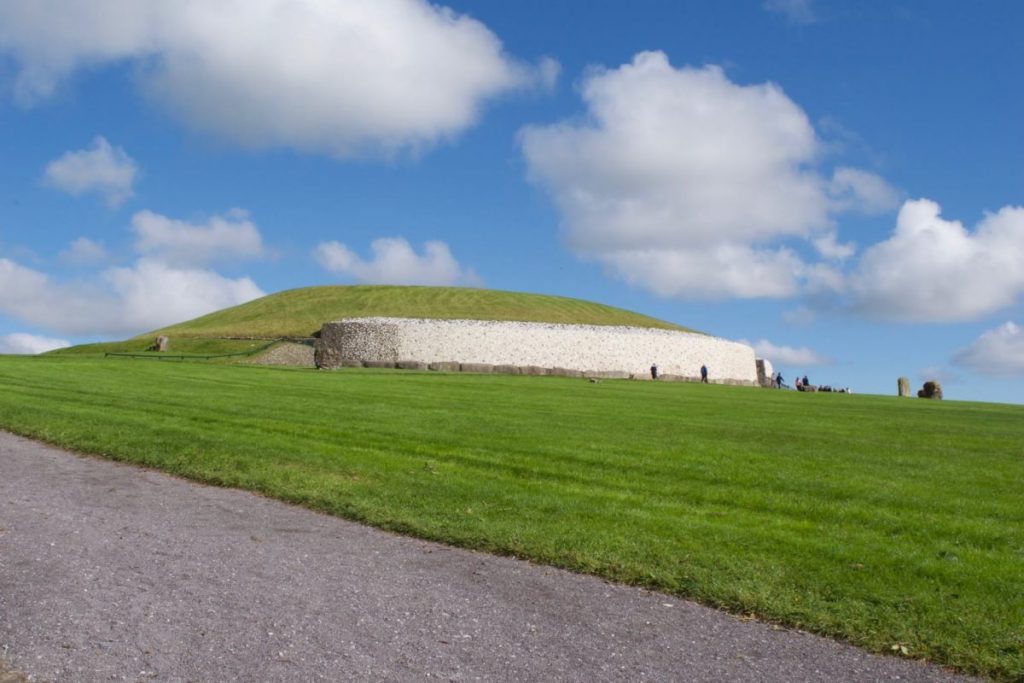
The Visitors Centre contains audiovisual displays with even more information on the mounds and the prehistoric way of life in this area. There is also a café and a gift shop. Then it’s on to the next history lesson of the day: the site of the Battle of the Boyne.
Site of the Battle of the Boyne
To understand the Battle of the Boyne is to understand the roots of recent Irish history.
In 1690, on 1st July under the Julian calendar in use at the time (12th July by the modern-day Gregorian calendar), two opposing armies met at the village of Oldbridge in County Meath. They were led by two kings of Britain: from the north came the Protestant William of Orange, known to history as William III, and from the south came the deposed Catholic King James II.
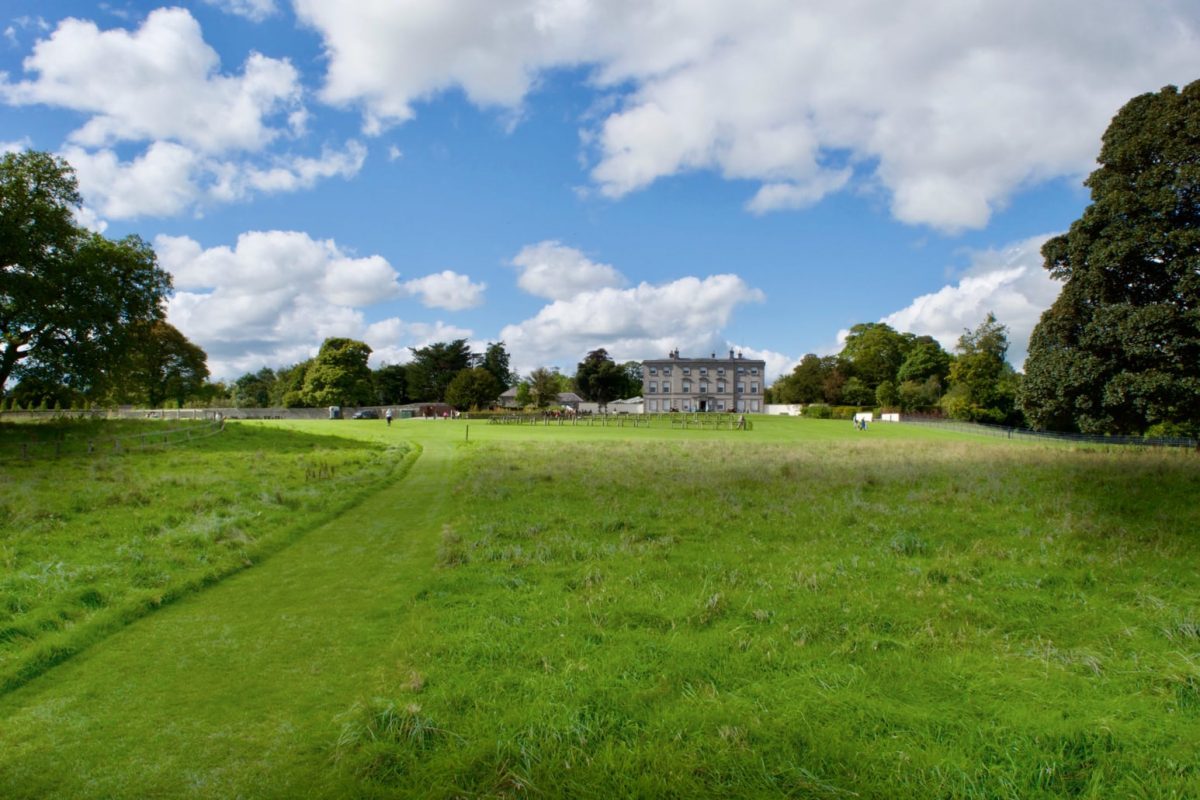
The two met in a mighty battle across the River Boyne. William prevailed, and James was sent running, fleeing all the way to the south of Ireland where he escaped by boat to France. England would never again be in Catholic hands; but the battle would go down in history. It is still commemorated every 12th July by the Orange Orders of Northern Ireland, and the battle lines were drawn for centuries of conflict.
Despite this, the battlefield is today a peaceful and interesting place to visit. Centred around historic Oldbridge house, a small entrance fee (currently €5) gives you access to a short but interesting exhibit. Illustrations and models show life in the army camps of the day, as well as the different uniforms of the various troops. An unusual light display gives a very clear overview of how the battle was fought and won, and is more interesting than it sounds!

Outside, you can see many of the canons, firearms and other equipment used in the battle. There are often costumed actors giving talks and demonstrations, and the battlefield itself is open to walk at your own pace.
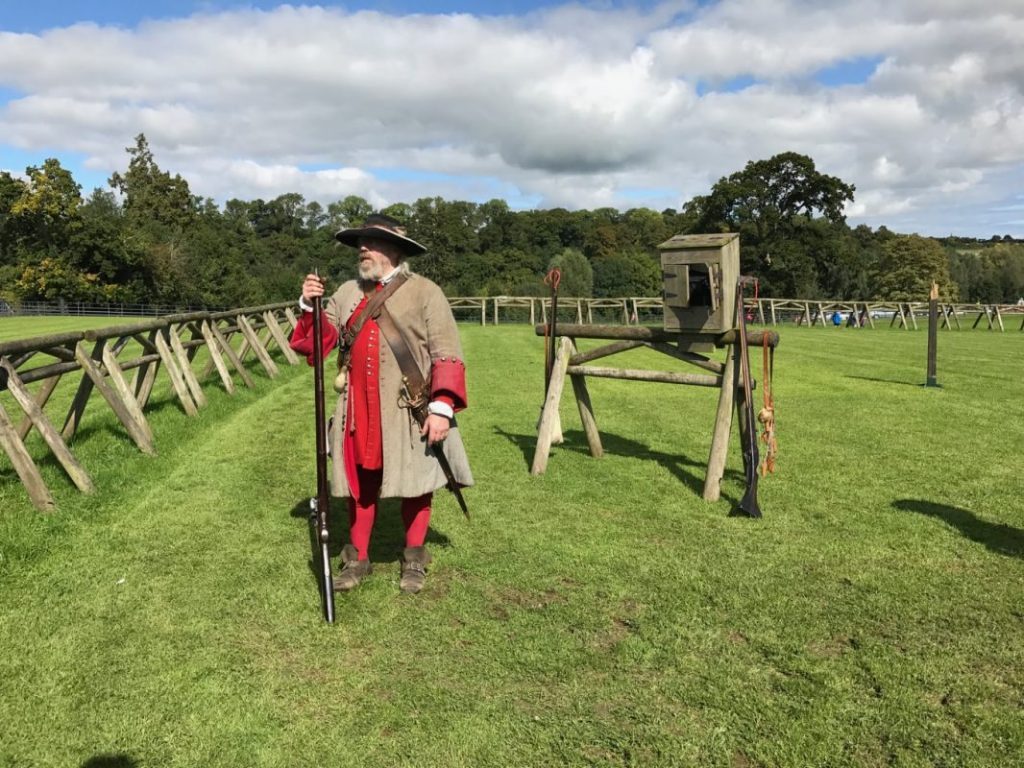
Expect to spend 1-2 hours here, depending on your level of interest. The battlefield lies just a few miles from Brú na Bóinne.
The Hill of Tara
No location is so engrained in Irish tradition than the Hill of Tara. Rising dramatically above the landscape of County Meath, the hill was supposedly the seat of Árd Rí na hÉireann, or the High King of Ireland, and is mentioned time and again in the tales and mythologies of Irish history. It is not only an ancient royal site, but also a sacred one, and is one of the most important Celtic sites in all of Europe.
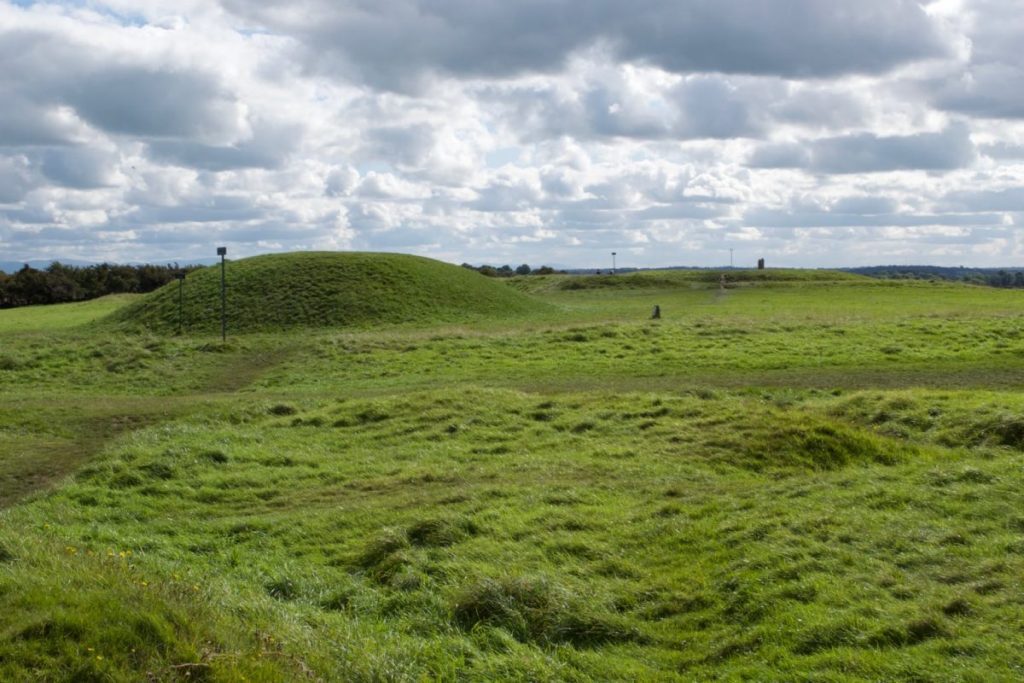
Visiting the hill can be a wild and windy experience on a normal Irish day, but I was lucky enough to visit on a beautiful autumn afternoon. The site can be confusing to navigate without a guidebook, as most of the important spots are today no more than mounds and depressions in the landscape. However, signs and maps at the entrance to the site explain what each location was, and what took place there. You are free to wander the site at your leisure, guidebook in hand, and project your imagination onto the hilltop as you picture the customs and rituals of millenia gone by.

Entrance to the Hill of Tara is free of charge. It is a grassy and uneven site, and suitable footwear is advised. Visit on one of Ireland’s infrequent clear days for stunning views right across the surrounding area.
If you fancy trying this day out for yourself, click on the map below to see the driving route in more detail.
Want suggestions for some great things to do while you’re in Ireland’s capital city? Check out this guide to Dublin for inspiration!
Planning a trip to the Emerald Isle? Check out these posts for some serious Irish inspiration!
- Ulster travel: Discover the highlights of all nine counties
- Slemish: St Patrick’s Mountain in Northern Ireland
- County Meath: Ireland’s ancient east
- The Mourne Mountains: Northern Ireland’s southeast
- Portrush to Castlerock: Northern Ireland’s northwest coast
- Crossing the Irish border: what you need to know!
- Discover Northern Ireland’s Causeway Coast
- 5 Reasons you will love Northern Ireland…
- Northern Ireland: The highlights of Derry/Londonderry
Enjoyed this post about historic County Meath? Pin it!


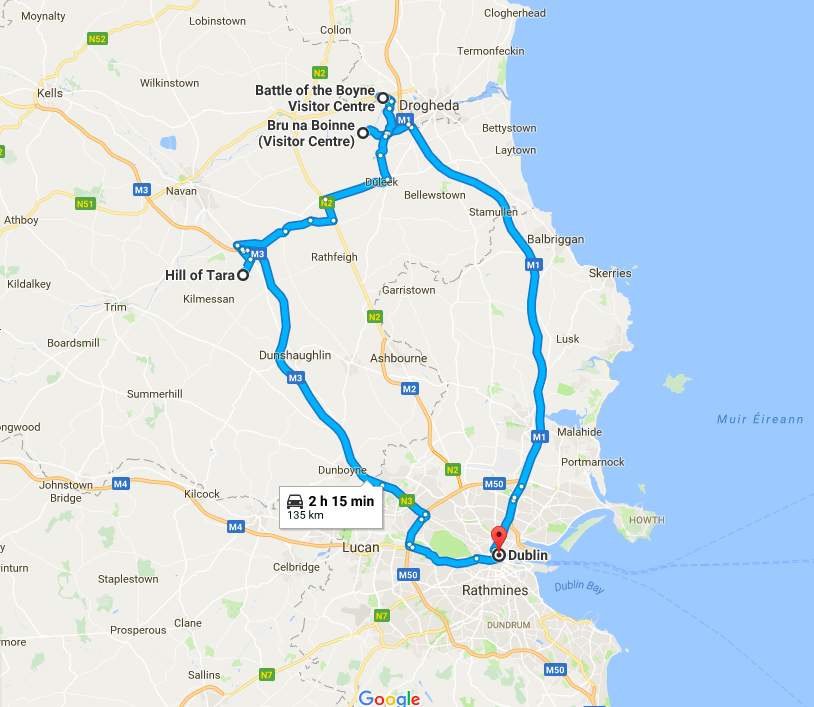
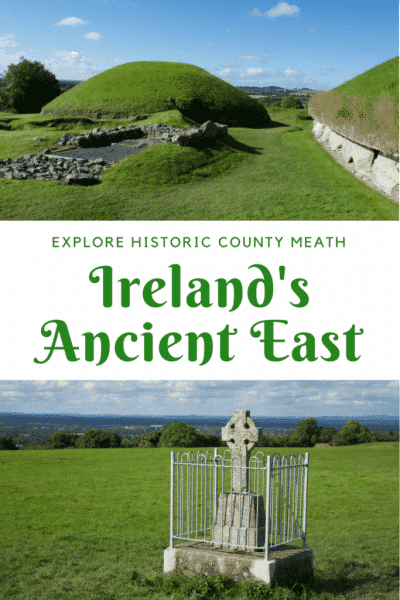
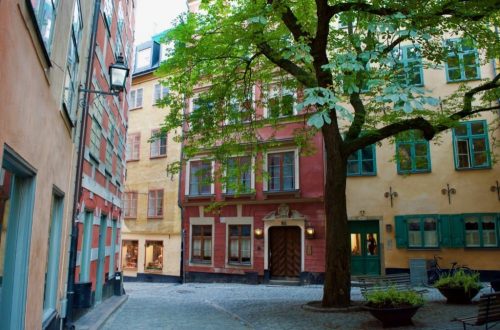
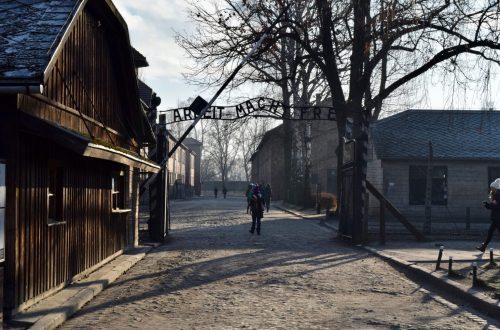
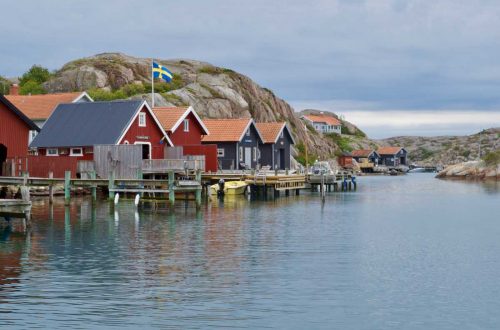
8 Comments
Nana | PatagoniaDreaming
So interesting! and what a lovely green area, looks so beautiful 🙂
Faith
I am currently lucky enough to be living in Ireland and am a fan of all things Irish, but I have to say Newgrange and that area of IAE is stunningly beautiful and the guides at Newgrange are to be commended for their passion, their willingness to share stories and to help visitors understand the myth, history and legends. Mind you I find all the Irish passionate about their heritage and I just love that.
Julia
Sounds great! I would love to go there! Thank you for sharing!
Cherene Saradar
It’s so beautiful! I’m always amazed at how ancient cultures managed to build such thing and align them with the sun or moon at certain times of year. Very cool!
Taryn
Looks like you had beautiful weather. I had no idea there were sites this old in Ireland! And thanks for including the map: so helpful
Carmelatte
Ireland is such a friendly country <3
Kate
Wow! I was completely unaware of these historic sites in Ireland. Brú na Bóinne looks naturally stunning. And how amazing to be able to see ancient artwork!
Deni
I love the idea that it’s interactive! Having actors play certain parts really helps make the story stick!